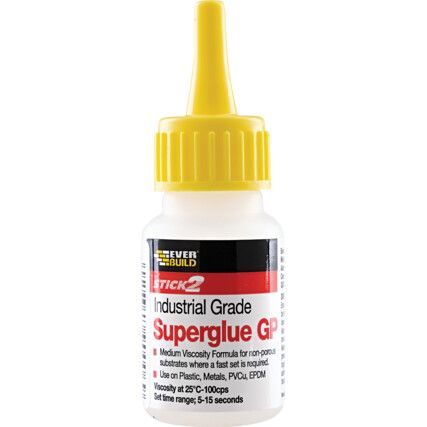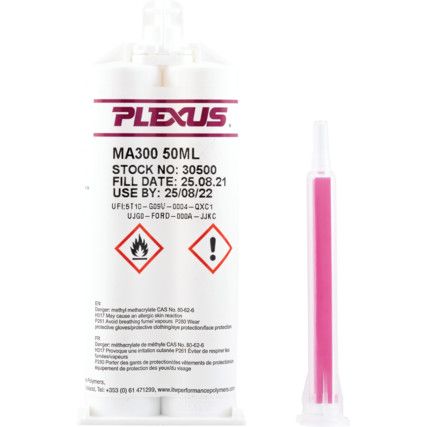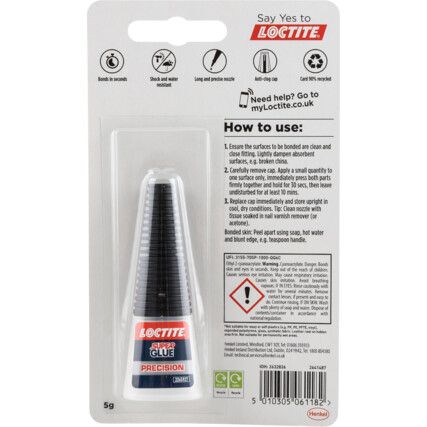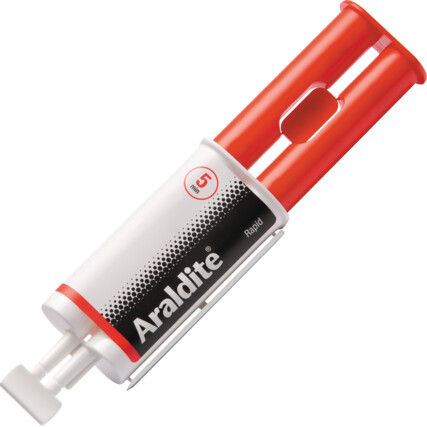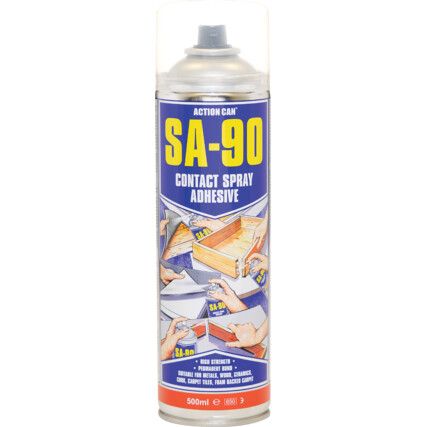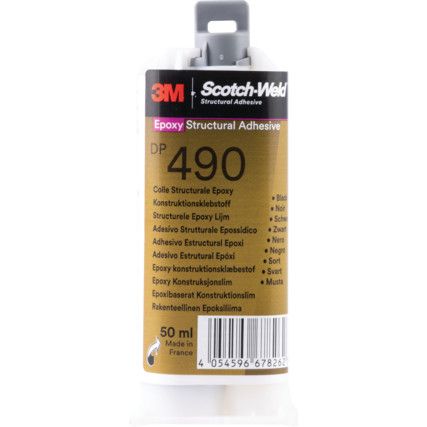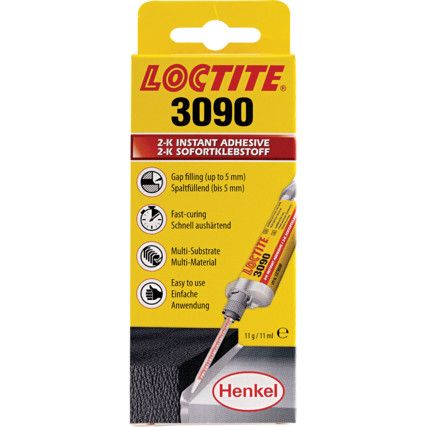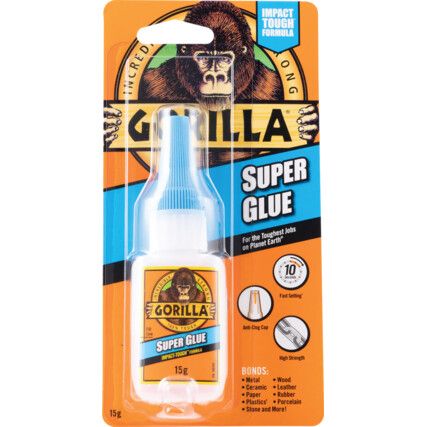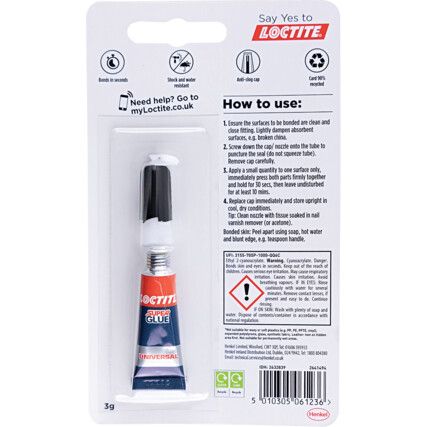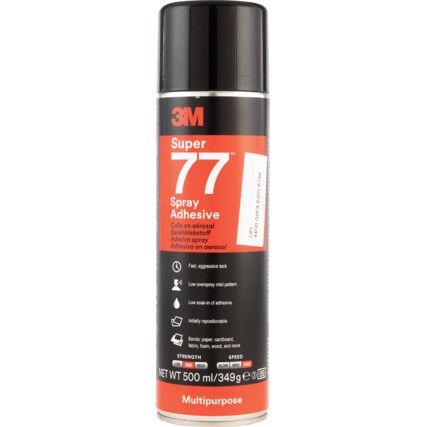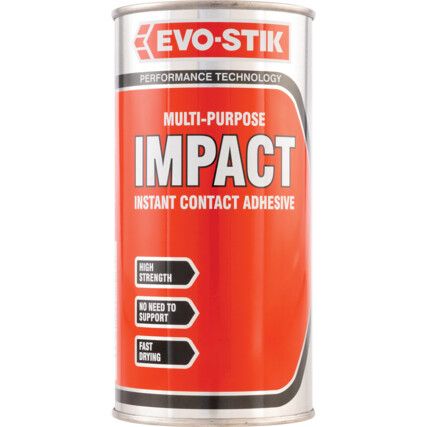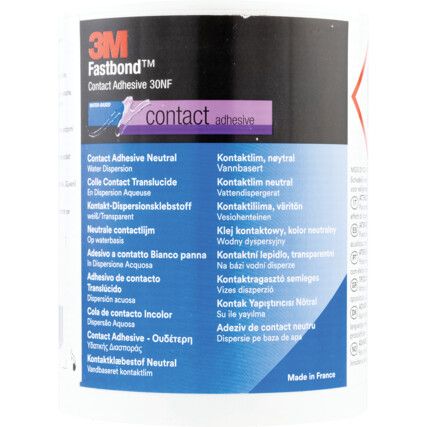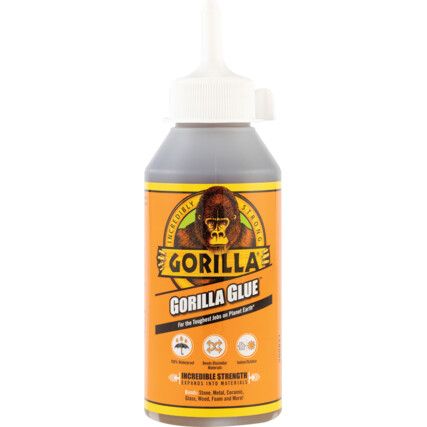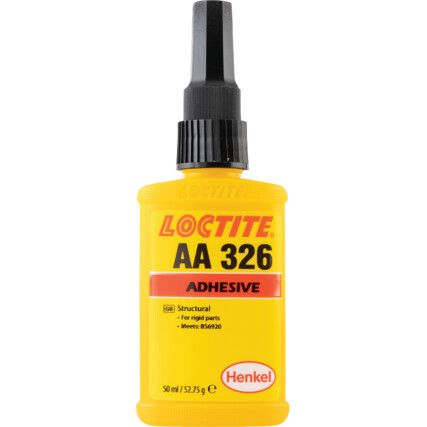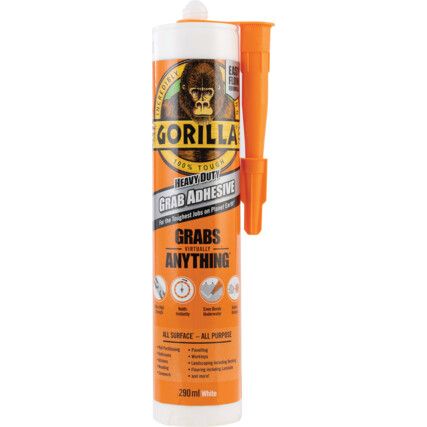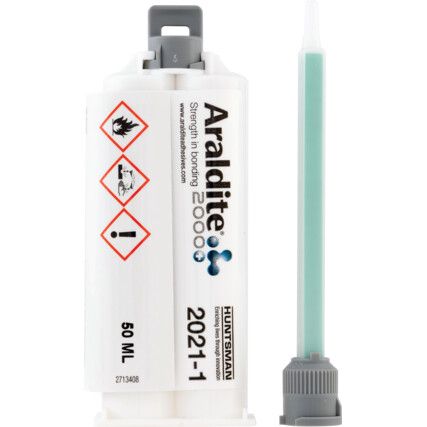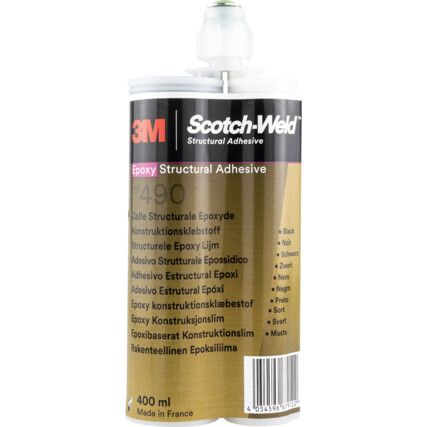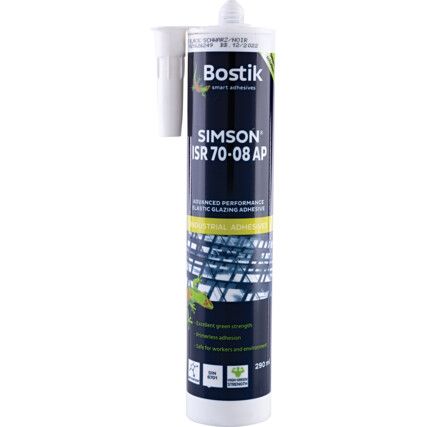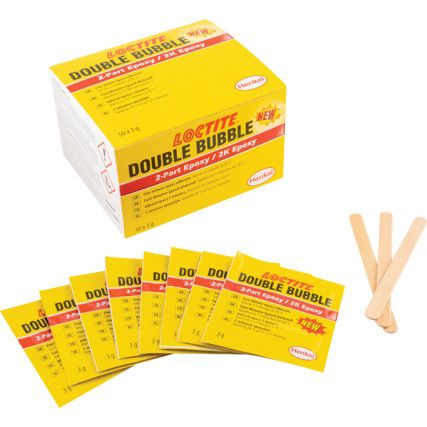Adhesives
From hobbyists to professional users, adhesives have a wide functionality across multiple industries and are an easy and convenient way of securing objects or materials together to for a lasting bond. Here at Cromwell, we have a wide range of adhesives from leading brands such as Loctite®, 3M™ and Evo-stik.
What are adhesives?
The term "adhesive" refers to a substance that is designed to specifically bond two surfaces, planes or objects together, that resists breaking apart. This can be broken down into different types of compounds, both natural and synthetic, but adhesive is the umbrella term used to describe such substances.
When are adhesives used?
Adhesives are used by the hobbyist, crafter, DIYer and professional user, differing only in their strength and composition. Adhesives can be useful across almost all industries including manufacturing, carpentry, plumbing, automotive and aerospace. Whenever a firm, strong bond is required, there is an adhesive to suit your needs and provide excellent resilience and longevity.
Considerations when choosing an adhesive
• Application - It's always best to consider what and where your adhesive will be used when selecting the most appropriate adhesive for your needs. For example, if the adhesive is required on an object that will be subject to particularly low or high temperatures or in an environment where it will be exposed to moisture, chemicals or solvents, it's best to check what kind of adhesive is most resilient in these conditions.
• Properties - Different types of adhesives possess varying advantages and disadvantages and offer a variety of resistances to materials, temperatures and humidity levels depending on the type. It's best to check whether a cyanoacrylate, epoxy or resin based adhesive is best suited for your application.
• During time - Dependent on the type of adhesive, the curing of the adhesive varies. Some adhesives are designed to be quick curing, whilst others have longer curing times. When allowing an adhesive to cure, it's important to create an ambient environment for the adhesive. The packaging of your chosen adhesive will have more information regarding the suitable temperature, humidity and thickness of the adhesive to provide the best hold.
Adhesives jargon buster
We want to make it easy for you, so here are some key terms that will help you understand our range of adhesives and their specific applications a little better.
What does curing time refer to?
In simple terms, the term "curing" refers to the process of the adhesive fully crystalising. It is a chemical reaction that changes a liquid to a solid. The time that this process takes differs based upon a number of aspects such as the temperature of the environment, the humidity and the overall thickness of the adhesive used. It's advisable to check the curing time and to follow the instructions on the packaging of your product to guarantee an optimum strong bond and create an ambient environment until your adhesive is cured.
Okay, so is this the same as drying?
Although the outcome looks ad feels the same - the adhesive becoming a solid - the actual process of curing is different from drying. Drying refers to the loss of liquid from an adhesive. There is no chemical change in the adhesive from this process, which is unlike the process of curing, in which a chemical process does occur.
FAQs
What are the main types of adhesive?
Although there are more specific, granular types of adhesives, the bulk of structural adhesives can be split into three main categories: cyanoacrylate, epoxy, and resin. The differences between the three are outlined below:
Cyanoacrylate - This type of adhesive is a single component adhesive, manufactured from one compound. They are fast curing by nature and provide a strong hold, but are not particularly resistant to low or high temperatures or solvents.
Epoxy - This type of adhesive is most often made up of two parts; a resin and a hardener, both of which are designed to cure at room temperature in a pre-set ratio. Once the two components are mixed, the adhesive then has a specific pot life, after which time it cannot be used, as its structural integrity will have been compromised and it will not work effectively. Epoxies can also be formulated by a one-component system, but these still require an external catalyst such as light, heat or moisture to effectively cure and thus create a structural adhesive bond. Epoxies generally have a wider tolerance for varying temperature than cyanoacrylate adhesives, but are more difficult to use due to their two part mixture and require a longer curing and bonding time.
Resin - Similarly to epoxy based adhesives, resin-based adhesives form part of a two component bonding system. Whilst epoxy adhesives contain resin, resinous adhesives contain multiple kinds of resins to produce a unique and separate type of adhesive. Depending on the type of resin present, these adhesives will have differing advantages and disadvantages. For example, polyester and epoxy resins will yellow over time, whereas silicone and polyurethane based resin adhesives do not often cure well in environments that are humid.
What is the difference between adhesives and glues?
Generally, the terms "glue" and "adhesive" are used interchangeably to refer to a substance that binds together two surfaces or planes on an object. However, on a technicality, the difference between the two is that glue is manufactured from natural substances such as plant and animal byproducts, whereas adhesives are most commonly synthetic.
